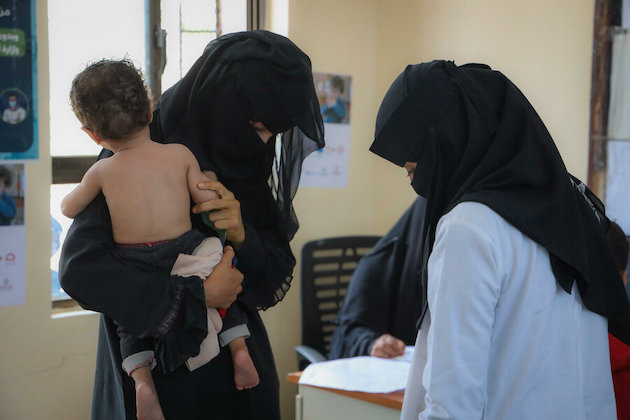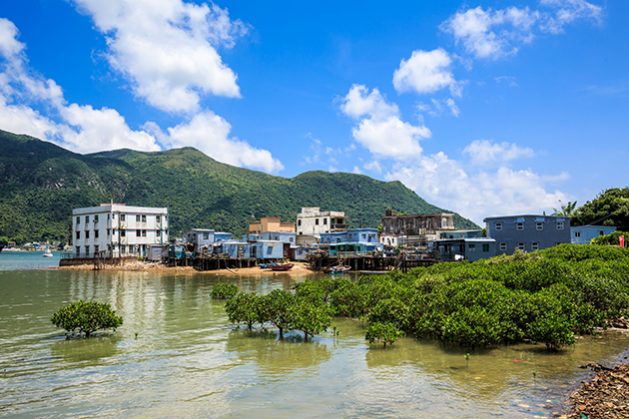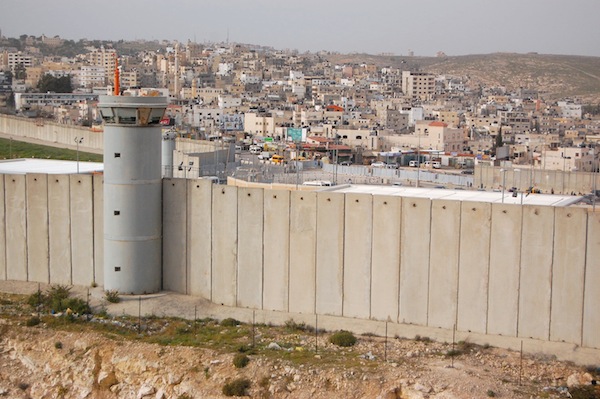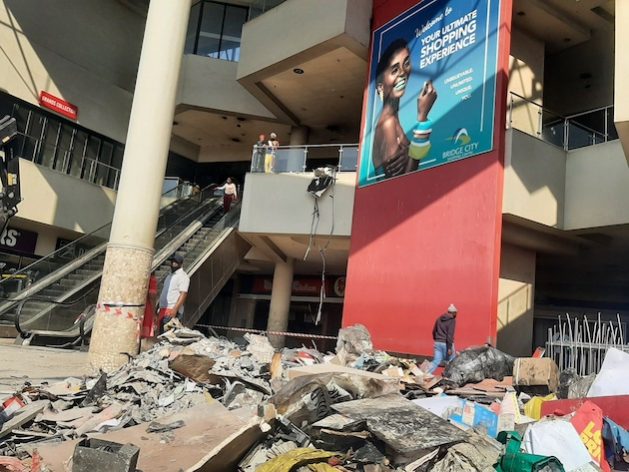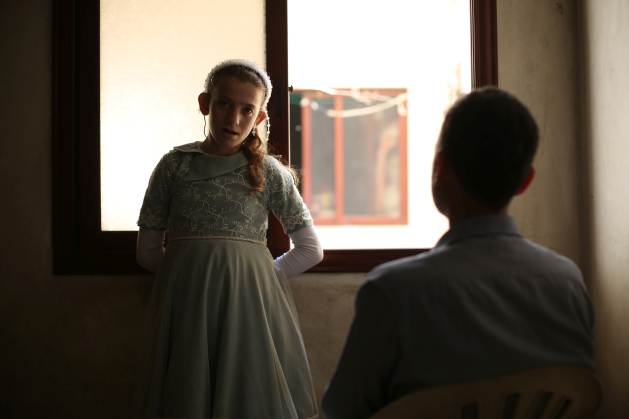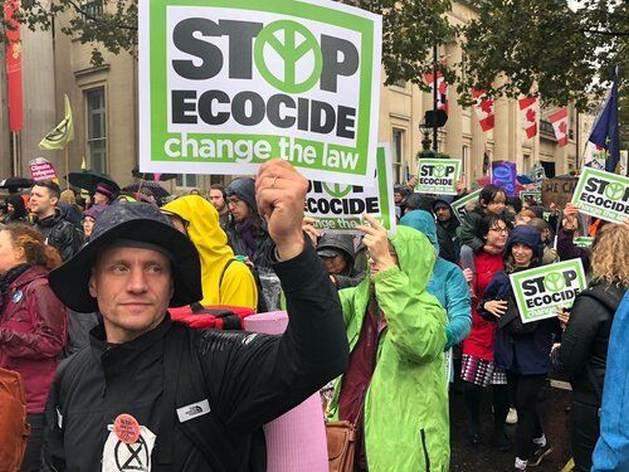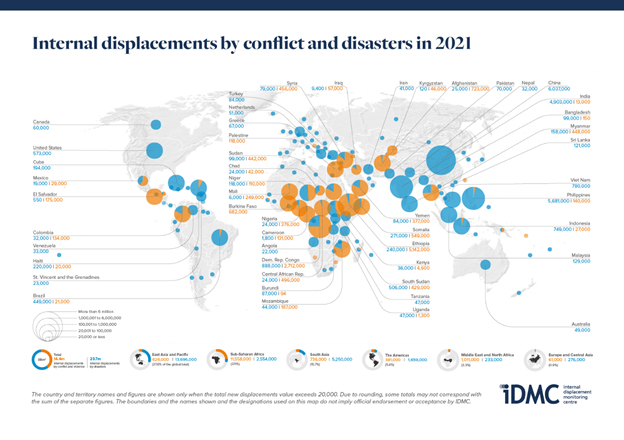UN Falls Short of Aid Pledge to Yemen Despite Peace Efforts — Global Issues
In the southern city of Taiz, 11-month-old Ameer Hellal receives WFP supplementary food for malnutrition. Photo: WFP/Albaraa Mansoor by Alexander Kozul-Wright (geneva) Friday, March 03, 2023 Inter Press Service GENEVA, Mar 03 (IPS) – At a high-level UN event, global donors pledged US$1.2 billion in aid operations to Yemen in 2023….

